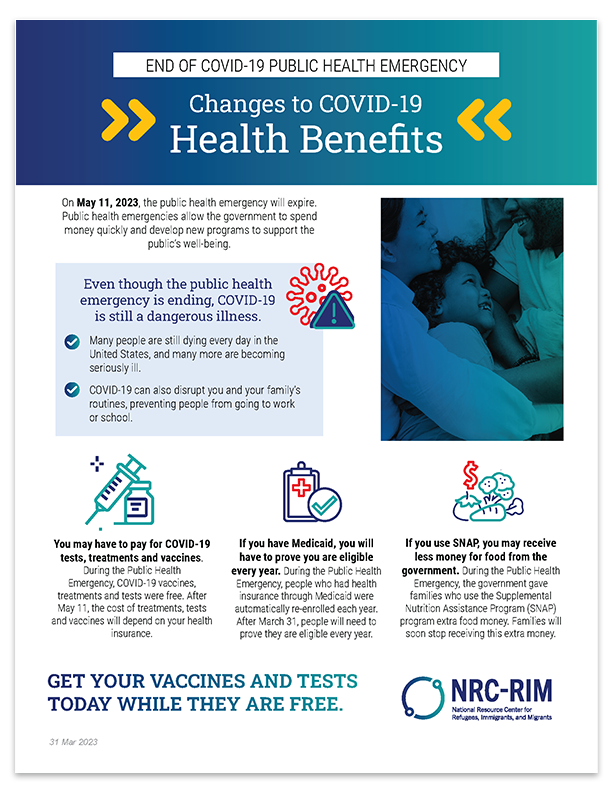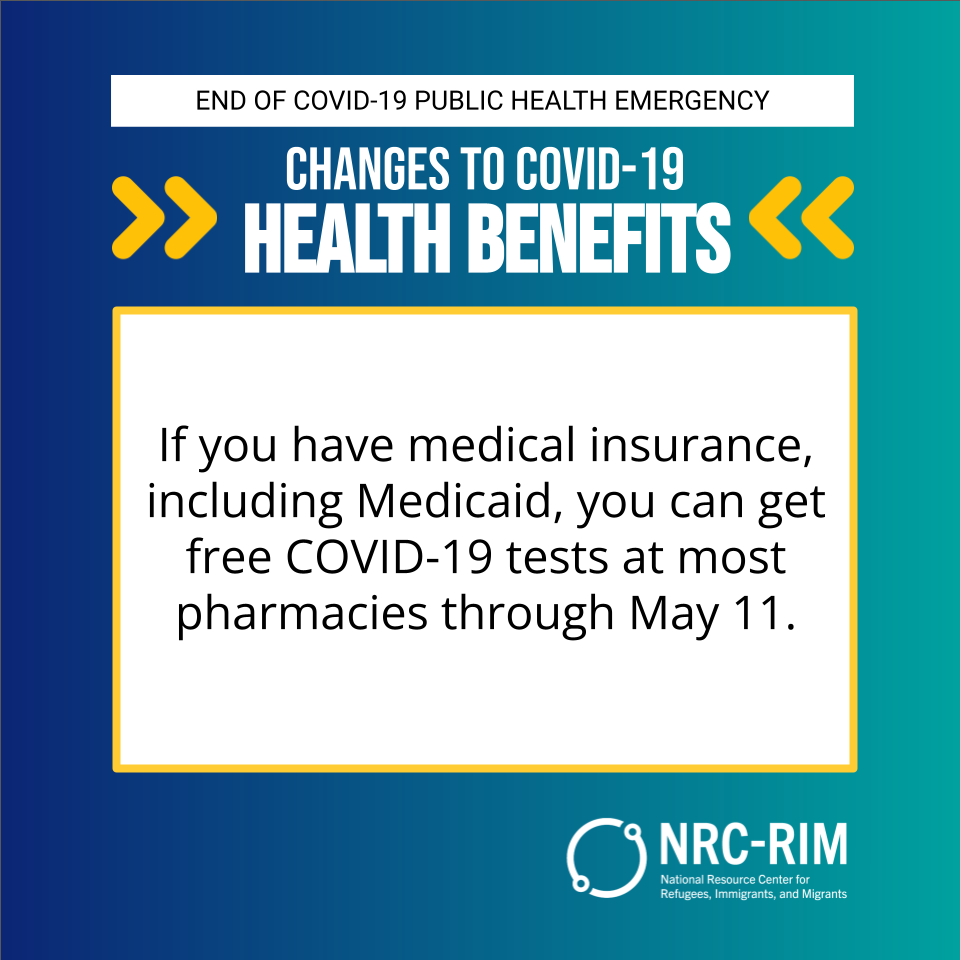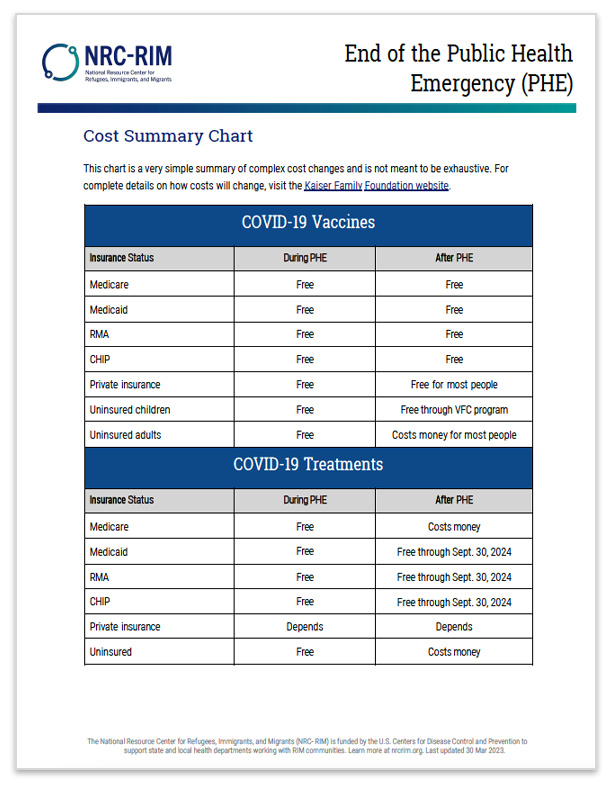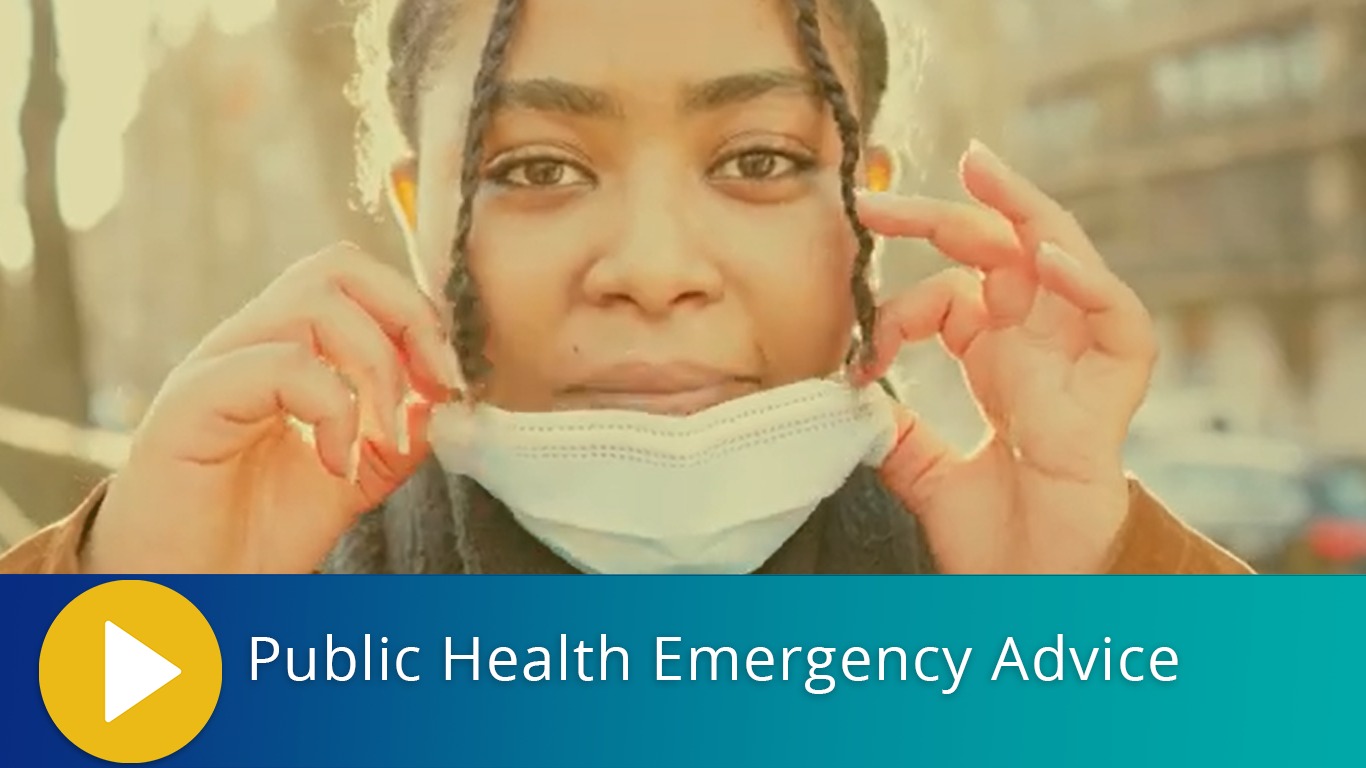
Resources for organizations and communities on the end of the PHE
On May 11, 2023, the public health emergency (PHE) will expire and many will see changes in COVID-19 healthcare costs, insurance coverage and renewals, and food benefits. These changes are likely to disproportionately impact some refugee, immigrant, and migrant (RIM) communities.
Use these resources to equip your organization and the clients you serve to be prepared for these changes when they begin this spring.
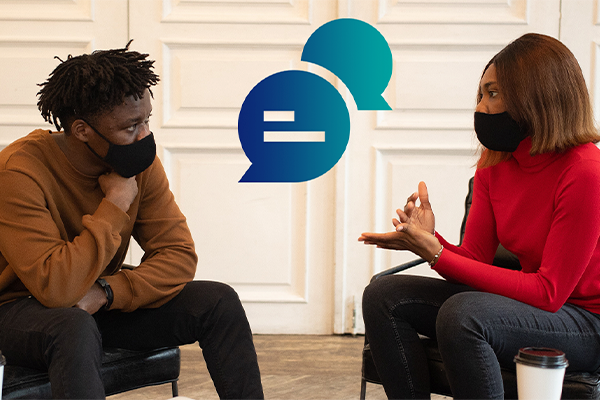
Conversation guide
Confidently answer questions from the community with this conversation guide outlining the changes they should expect after the end of the Public Health Emergency.
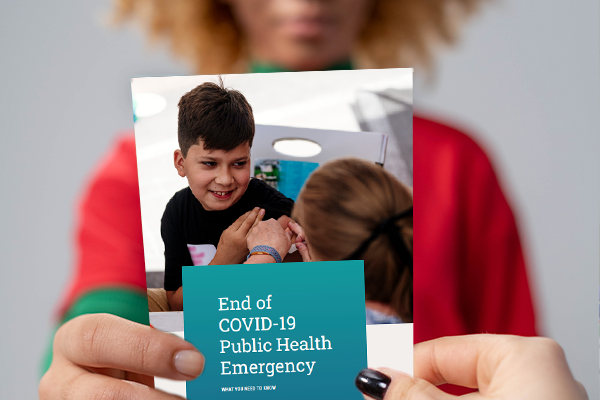
Guidebook for client-facing staff
This comprehensive document offers details on what a public health emergency is, why it is ending, and how to advise clients on topics like Medicaid, food benefits, and healthcare costs.

Key messages
These key messages include some of the most important points for clients and staff to remember. Consider reviewing them before having conversations or giving presentations on the end of the PHE.
Fact Sheet
This fact sheet, customizable and soon to be translated, can serve as a reminder to clients and their families on the actions they should take before and after the Public Health Emergency ends.
Ready-to-Use Version:
Amharic | Arabic | Burmese | Dari | English | French | Karen | Kinyarwanda | Nepali | Pashto | Portuguese | Rohingya | Russian | Spanish | Somali | Swahili (Congolese) | Swahili (East Africa) | Tigrinya | Ukrainian
Customizable Version:
Amharic | Arabic | Burmese | Dari | English | French | Karen | Kinyarwanda | Nepali | Pashto | Portuguese | Rohingya | Russian | Spanish | Somali | Swahili (Congolese) | Swahili (East Africa) | Tigrinya | Ukrainian
Social media assets
Social media assets, which are customizable and soon to be translated, can be shared via WhatsApp, Facebook Messenger, or other social media apps like Instagram where communities go to for information.
Ready to use version:
Amharic | Arabic | Burmese | Dari | English | French | Karen | Kinyarwanda | Nepali | Pashto | Portuguese | Rohingya | Russian | Spanish | Somali | Swahili (Congolese) | Swahili (East Africa) | Tigrinya | Ukrainian
Customizable version:
Amharic | Arabic | Burmese | Dari | English | French | Karen | Kinyarwanda | Nepali | Pashto | Portuguese | Rohingya | Russian | Spanish | Somali | Swahili (Congolese) | Swahili (East Africa) | Tigrinya | Ukrainian
Cost Table
Not sure how costs will change? This simple table offers an at-a-glance summary of the detailed information gathered and presented by the Kaiser Family Foundation.
Ready to use version:
Amharic | Arabic | Burmese | Dari | English | French | Karen | Kinyarwanda | Nepali | Pashto | Portuguese | Rohingya | Russian | Spanish | Somali | Swahili (Congolese) | Swahili (East Africa) | Tigrinya | Ukrainian
Customizable version:
Amharic | Arabic | Burmese | Dari | English | French | Karen | Kinyarwanda | Nepali | Pashto | Portuguese | Rohingya | Russian | Spanish | Somali | Swahili (Congolese) | Swahili (East Africa) | Tigrinya | Ukrainian
WhatsApp to Reach and Engage RIM Communities
WhatsApp is a popular social messaging tool for many communities, including refugees, immigrants, and migrants and can be a powerful tool to reach and engage communities.
Integrating COVID-19 into Health Promotion and Non-Health Activities
As the pandemic reaches three years, the public has wearied of COVID-19 and may not feel motivated to engage with important health messaging. At the same time, without proper precautions COVID-19 can still cause significant illness and even death. To continue engaging people, the International Rescue Committee (IRC) has adapted its approach to discussing COVID-19 with clients by mainstreaming the conversation and inserting it into contextually appropriate conversation entry points.
Initiating the COVID-19 Vaccine Conversation through Flyers
Dispelling myths and alleviating apprehensions around vaccination requires a trusted relationship and a safe, non-judgmental environment for individuals to voice their concerns and ask questions. Initiating COVID-19 vaccine conversations through flyers is a creative way to use a traditional communication method.
Phone Trees to Facilitate Vaccine Access
To respond effectively to COVID-19 and to longstanding health inequities made worse by the pandemic, it is essential to leverage community strengths and trusted community networks. Phone trees are one strategy to disseminate important public health information during the pandemic.
Partnerships with Refugee Resettlement Agencies
Refugee resettlement agencies are deeply rooted in RIM communities and are uniquely positioned to partner with health departments to reach community members during COVID-19 response efforts.
Partnerships with Federally Qualified Health Centers (FQHCs)
FQHCs and local health departments share goals to improve community health, particularly among disproportionately impacted populations. Collaboration allows limited federal, state, and local resources to be targeted and allocated to areas that need the resources most.
